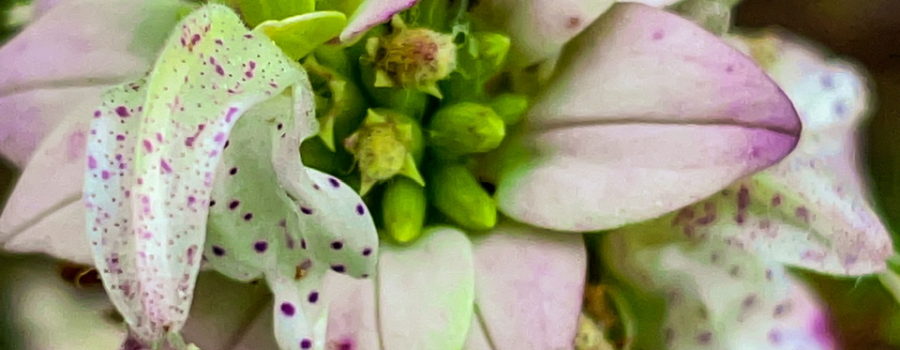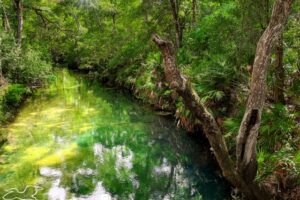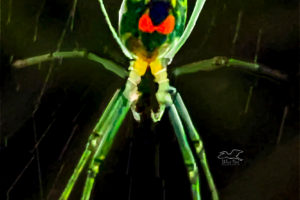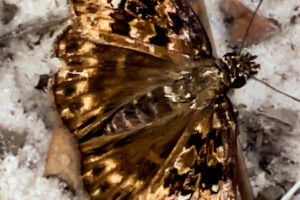Spotted Bee Balm is a Beautiful and Complex Fall Flower

All along the roads in our area we have a very interesting, beautiful, and complex wildflower growing right now. This flower is called spotted bee balm, horsemint, or dotted horsemint (Monarda punctata). It’s a member of the mint family, and like other mints it has a square stem. It is a fairly short live perineal plant that blooms during most of it growing time. And the flowers on this plant are absolutely amazing! The flowers themselves are a light yellow to cream color and are spotted delicately with purple. The flowers grow in whorls around the stem, and below each whorl are a group of leaf bracts that are light green, creamy white, and/or pink. Specifically, the bracts are green on the underside and on the top when very new. When they get older they are usually off white to light pink on top near the base, and their color darkens as you near the tips. The bracts, along with the flowers make for a really stunning combination!

Spotted bee balm usually starts growing in the late summer and continues for about two months only. If conditions are good, they may last three months. They grow in sandy or loamy soil (they prefer sand) that is well drained. Most of the other bee balms prefer moist soil, but spotted bee balm is the exception. They are even very drought resistant, which makes them perfect for the Florida sandhills! They also prefer plenty of direct sunlight, but they will grow in partial shade. When in partial shade it doesn’t bloom as well, and if it’s too moist, the plant is very prone to root rot. Many of you may have this plant blooming in your area as well right now. It can be found wild throughout eastern North America from northern Ontario south through Florida, and as far west as Texas and Colorado. The first frost usually causes the plant above ground to die back, but the root system is very hardy and handles cold well. It is also often used in gardens, and is commonly used that way in nonnative areas.

Not only is spotted bee balm gorgeous to look at and use in your garden, but it’s also wonderful for the pollinators. As you might guess from it’s common name, it is a favorite amongst bees, especially bumble bees. It also attracts honeybees and Miner bees. Hummingbirds are another pollinator that loves spotted bee balm, and of course it’s great for butterflies. There are also several types of butterfly and moth caterpillars that frequent the leaves and stems. And even at night, spotted bee balm is busy attracting pollinators in the form of moths! But while the pollinators love it, rabbits, deer, and other browsers will stay away from it due to it’s strong flavor, which is typical of the mint family. Being a mint, it is also edible for people. The leaves can be served either raw or boiled in salads or to add a thyme-like flavor to other dishes. The leaves are also commonly used to make a tea.

Finally, it should be noted that this pretty little plant has quite a few medicinal uses. It was mainly Native Americans who used spotted bee balm this way, but it was used by quite a few tribes. Among the uses they had for it were as an analgesic for headaches, as an aid in respiratory illnesses, as a treatment for coughs and colds, and to help reduce fevers. So not only is this plant good for wildlife, especially pollinators, but it’s also very useful to people as well. We are currently coming towards the end of the blooming/growing time (and it may well be completely over in some northern climates) for the spotted bee balm, so let’s all enjoy it while it lasts and look forward to it’s return next year.

Do you enjoy interesting and fun nature related content accompanied by beautiful nature photography and artwork? Well, that describes us perfectly! Give us a try by subscribing below! You won’t regret it!





Recent Comments